This BBC documentary captures the celebrated and reviled bon vivant artist Francis Bacon in his own words, about his painting and his world view.
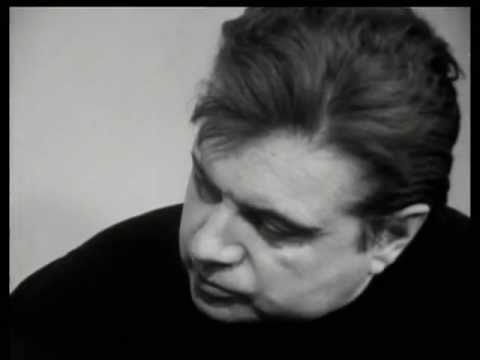
Watch this video on YouTube
Francis Bacon Fragments Of A Portrait – interview by David Sylvester – The Irish-British artist was both reviled and revered throughout his life for his raw, grotesque and confronting figurative painting.
Sensory Objects, Violent Distortion, and Biomorphism
Francis Bacon (1909 – 1992) produced some of the most iconic images of wounded and traumatized humanity in post-war art. Borrowing inspiration from Surrealism, film, photography, and the Old Masters, he forged a distinctive style that made him one of the most widely recognized exponents of figurative art in the 1940s and 1950s. Bacon concentrated his energies on portraiture, often depicting habitues of the bars and clubs of London’s Soho neighborhood. But his subjects were always portrayed as violently distorted, presented not as sociable and charismatic types but as isolated souls imprisoned and tormented by existential dilemmas. One of the most successful British painters of the twentieth century, Bacon’s reputation was elevated further during the widespread return to painting in the 1980s, and after his death he was viewed by some as one of the world’s most important painters.
The inspiration for the recurring motif of screaming mouths in many Bacons of the late 1940s and early 1950s was drawn from a number of sources, including medical text books, the works of Matthias Grünewald and photographic stills of the nurse in the Odessa Steps scene in Sergei Eisenstein’s 1925 silent The Battleship Potemkin. Bacon saw the film in 1935, and viewed it frequently thereafter. He kept in his studio a photographic still of the scene, showing a close-up of the nurse’s head screaming in panic and terror and with broken pince-nez spectacles hanging from her blood-stained face. He referred to the image throughout his career, using it as a source of inspiration.
Real imagination is technical imagination. It is in the search for the technique to trap the object at a given moment. Then the technique and the object become inseparable. Art lies in the continual struggle to come near to the sensory side of objects. — Francis Bacon
STORY: Francis Bacon About Town: Surrealist Painter, Worth Multi-Millions
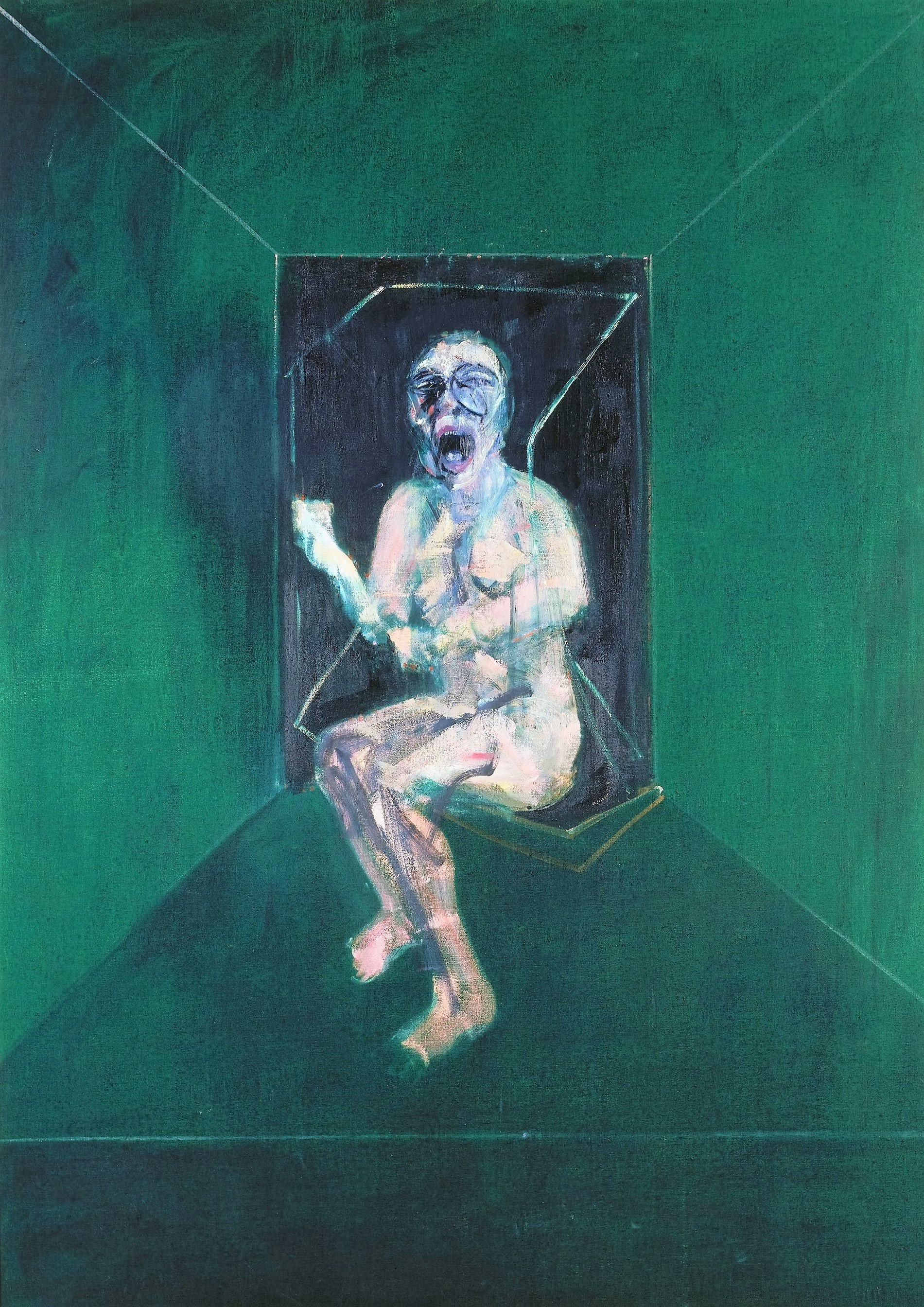

“I’m greedy for life; and I’m greedy as an artist. I’m greedy for what I hope chance can give me far beyond anything I can calculate logically. And it’s partly my greed that has made me what’s called live by chance – greed for food, for drink, for being with the people one likes, for the excitement of things happening. So the same thing applies to one’s work.” — Francis Bacon
Updated 23 October 2023

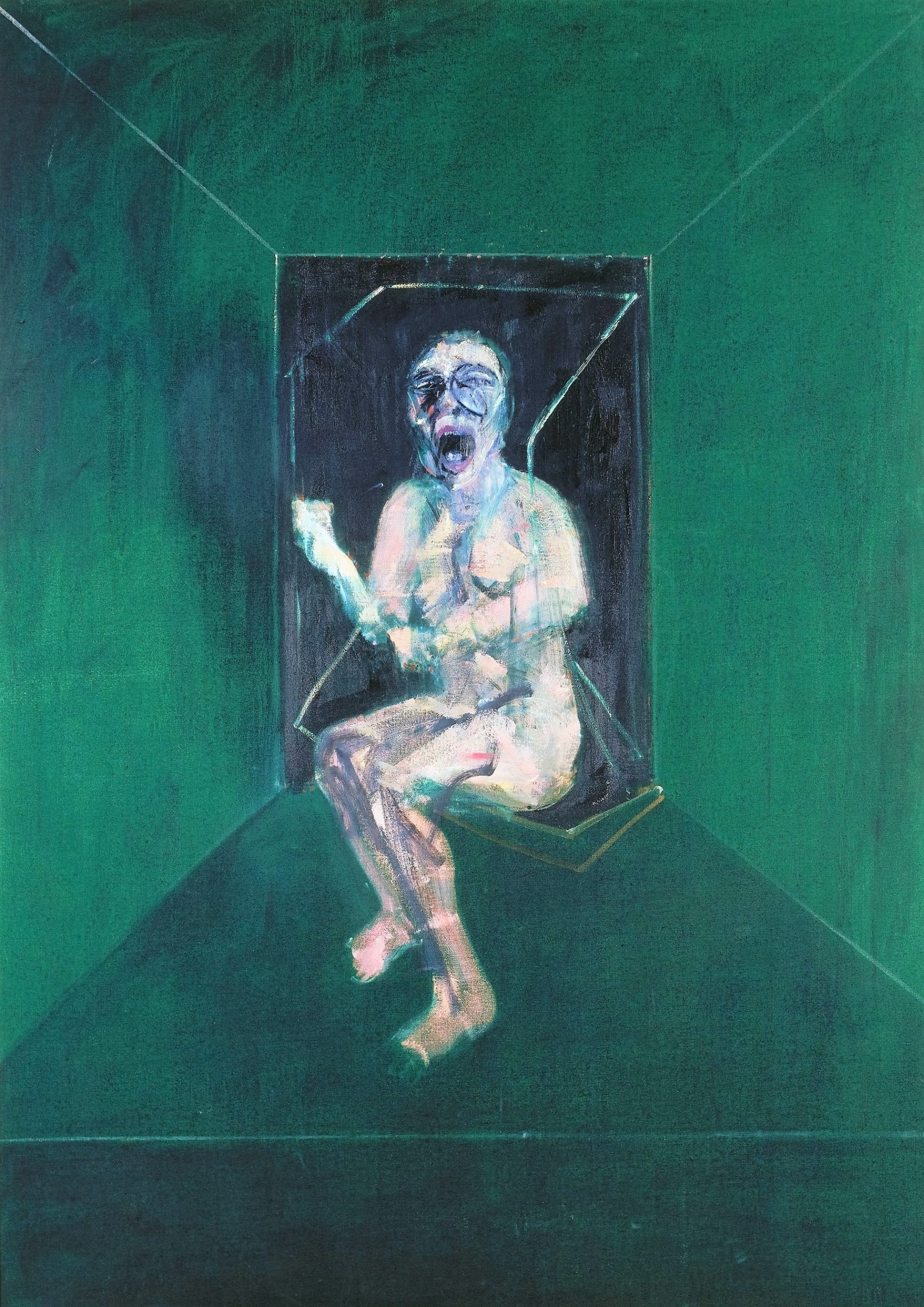


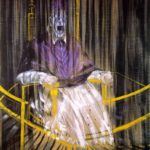
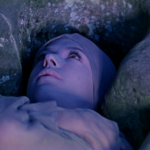
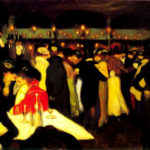
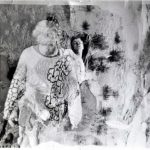






Pingback: Francis Bacon About Town: Surrealist Painter, Worth Multi-Millions | WilderUtopia.com
Great work with great explore